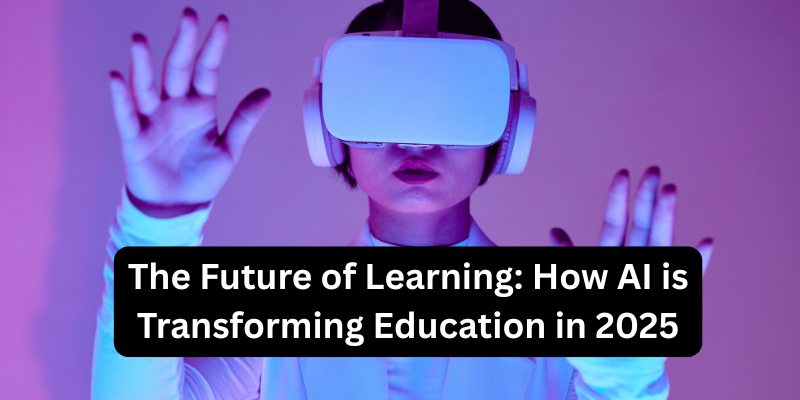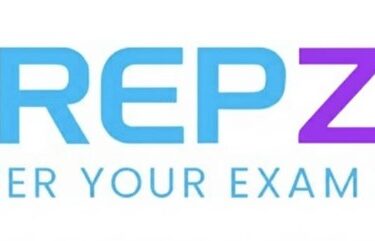In 2025, artificial intelligence (AI) is no longer a futuristic concept for education—it’s the present. From virtual classrooms powered by adaptive learning software to AI tutors that analyze student behavior and performance in real-time, AI is radically reshaping how knowledge is delivered, consumed, and applied.
The integration of AI in education is creating smarter, more responsive, and more inclusive learning environments. Students are no longer expected to fit into rigid systems. Instead, the systems are being designed to adapt to each learner’s needs, pace, and potential.
This article explores how AI is transforming the future of education—from kindergarten classrooms to postgraduate programs—and what it means for students, teachers, and institutions alike.
1. Personalized Learning at Scale
One of the most powerful outcomes of AI in education is the ability to personalize learning experiences. Traditional classrooms often struggle to address individual differences—some students may feel left behind, while others are not challenged enough. In 2025, AI has filled that gap.
Through machine learning algorithms, AI platforms track a student’s strengths, weaknesses, preferences, and performance over time. This data is then used to create customized lesson plans, recommend exercises, and even adapt test difficulty in real time.
Personalized learning boosts engagement, improves retention, and helps students take ownership of their education. Whether it’s a second-grader mastering fractions or a college student tackling organic chemistry, AI helps every learner move at their own optimal pace.
2. AI-Powered Tutors and Learning Assistants
Imagine a tutor that is available 24/7, doesn’t get tired, and knows exactly where you’re struggling—that’s what AI tutors offer in 2025. These virtual learning assistants provide real-time feedback, explain concepts in multiple ways, and offer targeted practice.
Chatbot tutors powered by natural language processing can answer questions, quiz students, or hold interactive conversations about a subject. Some platforms even use emotion recognition to detect confusion or boredom and adjust their teaching style accordingly.
This technology is particularly beneficial for students who need extra support but may not have access to private tutors or after-school help.
3. Intelligent Content Creation and Assessment
Teachers in 2025 are using AI not only to deliver lessons but also to create them. AI tools can generate quizzes, assignments, and even interactive simulations in seconds. These tools draw from vast databases of curriculum-aligned content, adjusting difficulty and format based on class needs.
Assessment, once a time-consuming process, is now streamlined by AI. Grading multiple-choice questions is automated, but even essays and open-ended responses are being evaluated for grammar, structure, and coherence using advanced natural language models. This frees up teachers to focus on more creative and human-centered aspects of education.
4. Smart Classrooms and Predictive Analytics
Smart classrooms use AI-powered sensors, cameras, and software to analyze classroom dynamics in real time. These systems track attendance, student engagement, participation patterns, and even facial expressions to provide insights on classroom health and learning outcomes.
Predictive analytics helps teachers identify at-risk students before they fall too far behind. For instance, if a student consistently performs poorly in math quizzes or disengages during online lectures, the system alerts the teacher and suggests possible interventions—whether academic or emotional support.
This level of insight allows for proactive teaching, where issues are addressed before they become problems.
5. Enhancing Teacher Support and Training
Far from replacing teachers, AI in 2025 is designed to empower them. Educators use AI dashboards to track student progress, access resources, and adjust their lesson plans based on real-time performance data.
AI is also transforming teacher training. Simulation platforms allow teachers to practice classroom scenarios—like handling disruptions or differentiating instruction—using AI-generated student avatars that respond dynamically.
By reducing the administrative load and providing actionable insights, AI enables teachers to focus more on meaningful interaction and creative instruction.
6. Lifelong Learning and Microlearning
AI is also changing how adults learn. Online platforms powered by AI recommend personalized learning paths based on career goals, interests, and past learning history. Microlearning—short, targeted lessons delivered in quick bursts—has become increasingly popular, allowing learners to upskill or reskill on the go.
Whether it’s learning a new programming language, brushing up on public speaking, or studying for a certification exam, AI tailors the experience to maximize efficiency and retention.
This is especially valuable in a fast-changing job market, where staying updated is no longer optional—it’s essential.
7. Language Learning and Accessibility
AI-driven translation tools, real-time transcription, and voice recognition software have made education more accessible than ever before. In 2025, language barriers are being broken down in classrooms around the world.
Students with disabilities also benefit from AI-based accessibility tools. For example, students with dyslexia can use text-to-speech programs that adjust reading speeds and highlight words as they’re spoken. Visual learners can benefit from AI-generated infographics, while those with hearing impairments use captioning in real time.
Inclusivity is no longer an add-on—it’s a built-in feature of AI-enhanced learning environments.
8. Data Privacy and Ethical Considerations
With great innovation comes great responsibility. The use of AI in education has also sparked important discussions around privacy, ethics, and digital equity.
In 2025, educational institutions are held to strict data governance policies. AI systems are required to be transparent, explainable, and compliant with privacy laws. Parents, teachers, and students must be informed about how their data is used and protected.
Bias in AI algorithms is another concern. Developers are increasingly focused on ensuring that AI tools are fair and do not reinforce existing educational inequalities. Ethics is not just a side conversation—it’s a core component of AI integration in education.
9. Conclusion: A Smarter, Fairer, More Flexible Future
The future of learning is intelligent, inclusive, and deeply personalized. In 2025, AI is no longer a futuristic dream—it’s an everyday reality that is redefining what it means to teach and learn. From streamlining lesson planning to transforming how students engage with content, AI is unlocking the full potential of education.
But as we embrace these advancements, we must also tread carefully—ensuring that innovation serves equity, that privacy is respected, and that the human heart of education remains intact.
10. Most Asked Questions About AI in Education
Q1. How is AI improving learning outcomes in 2025?
Answer: AI adapts learning materials to individual needs, increases engagement, and helps students progress at their own pace. It identifies learning gaps early and recommends interventions, which improves overall performance and confidence.
Q2. Will AI replace teachers?
Answer: No. AI supports and enhances the teacher’s role by automating repetitive tasks and providing data-driven insights. Teachers still provide emotional intelligence, creativity, mentorship, and human connection that AI cannot replicate.
Q3. Is AI making education more accessible?
Answer: Yes. AI tools support students with different learning needs and help overcome barriers like language, disability, and location. Real-time translations, adaptive learning platforms, and virtual tutors make learning more inclusive.
Q4. What are the risks of using AI in schools?
Answer: Key risks include data privacy breaches, algorithmic bias, over-reliance on technology, and potential reduction of human interaction. These risks are being addressed through regulations, transparency, and responsible AI design.
Q5. How can educators prepare for AI integration?
Answer: By embracing professional development in EdTech, participating in AI training workshops, and staying informed on emerging tools. Collaboration between educators, tech developers, and policymakers is key to responsible implementation.





